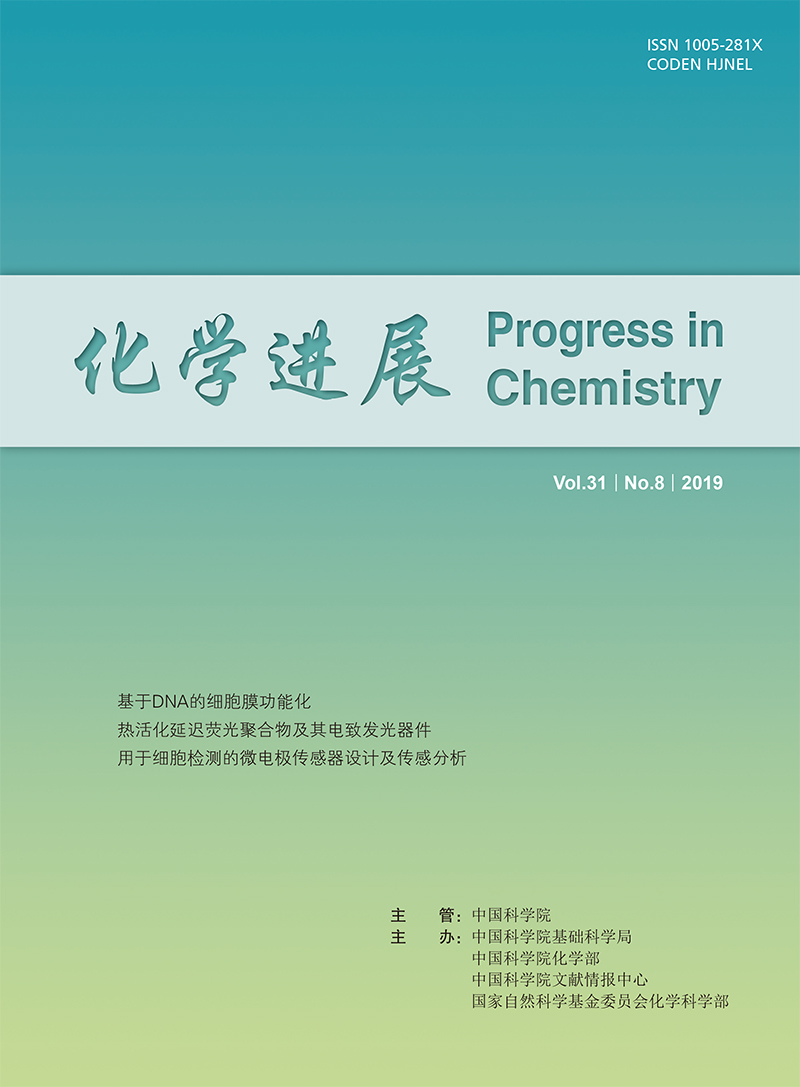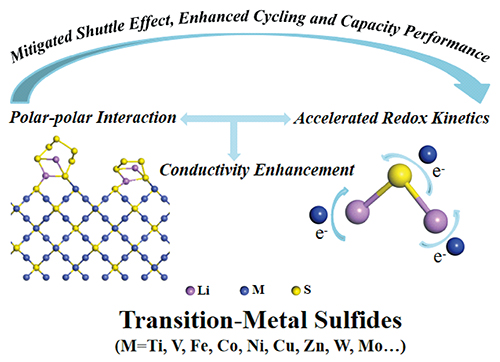Jiangbo Liu, Lihua Wang, Xiaolei Zuo. Cell Membranes Functionalization Based on DNA[J]. Progress in Chemistry, 2019, 31(8): 1067-1074.
Cell membranes play an important role in the process of material transportation, energy conversion and signal transduction between the cell and the external environment. Researching and controlling the interaction of molecules on the cell membranes is important to understand and manipulate the physiological functions of cells. Deoxyribonucleic acid(DNA) molecules have precise self-assembly and programmable properties and are a new tool for researching molecular interactions in bio-membranes. In this review, the method of modifying cell membranes with DNA molecules are outlined, followed by the work of monitoring and controlling the interaction of cell membranes molecules and the research of cell junction based on DNA. Simultaneously, the limitations of these research are analyzed. Finally, we summarize and prospect the research on DNA-based cell membranes functionalization. We hope that in-depth research in this field can promote new understanding of cell membranes function and obtain new methods for controlling cell function.


















